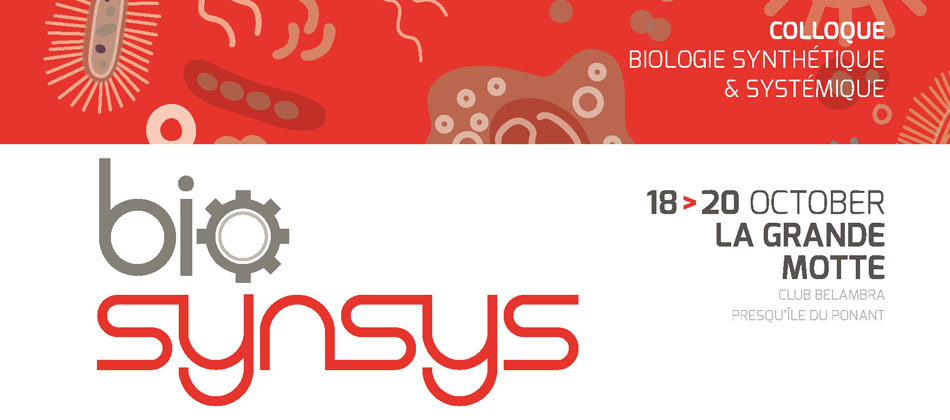Most of in vitro diagnostic tests are performed in laboratory-based settings that require multi-step protocols and complex sample processing. On the other hand, there is a need for portable biosensor devices that can be used by non-specialists to make measurements at home or in remote locations (1). Portable and user-friendly biosensors could help prevent diseases and their spread, reduce mortality rates and also improve quality of life of patients with progressive illness (2).
Whole-cell biosensors utilizing microorganisms could address and overcome many of the concerns raised by other conventional methods, because they are usually cheap and easy to maintain while offering a sensitive and sophisticated response to the presence of specific molecules in a sample (3). Yeast biosensors are of particular interest: they are robust, can perform high-specificity biosensing, and can host synthetic signaling pathways from prokaryotic to mammalian system, widening the range of possible biosensing applications (4, 5). Our aim is to engineer modular yeast biosensors that can be reprogrammed and tuned across different layers from ligand detection to signal transduction and output. As a proof-of-concept, we are developing modular yeast-based biosensors using G-Protein Coupled Receptors (GPCRs).
-
Fu, E., Yager, P., Floriano, P.N., Christodoulides, N., McDevitt, J.T. 2011. Perspective on diagnostics for global health. IEEE Pulse. 2:40-50.
-
Urdea, M., Penny, L.A., Olmsted, S.S., Giovanni, M.Y., Kaspar, P., Shepherd, A., Wilson, P., Dahl, C.A., Buchsbaum, S., Moeller, G., Hay, Burgess, D.C. 2006. Requirements for high impact diagnostics in the developing world. Nature. 23:444.
-
Courbet, A., Endy, D., Renard, E., Molina, F., Bonnet, J. 2015. Detection of pathological biomarkers in human clinical samples via amplifying genetic switches and logic gates. Sci Transl Med. 27:289ra83.
-
Nakamura, Y., Ishii, J., Kondo, A. 2015. Applications of yeast-based signaling sensor for characterization of antagonist and analysis of site-directed mutants of the human serotonin 1A receptor. Biotechnol Bioeng. 112:1906-15.
-
Skjoedt, M.L, Snoek, T., Kildegaard, K.R., Arsovska, D., Eichenberger, M., Goedecke, T.J., Rajkumar, A.S., Zhang, J., Kristensen, M., Lehka, B.J., Siedler, S., Borodina, I., Jensen, M.K., Keasling, J.D. 2016. Engineering prokaryotic transcriptional activators as metabolite biosensors in yeast. Nat Chem Biol. 12:951-958.
- Mukherjee K, Bhattacharyya S, Peralta-Yahya P. 2015. GPCR-Based Chemical Biosensors for Medium-Chain Fatty Acids. ACS Synth Biol. 18:1261-1269.

 PDF version
PDF version
